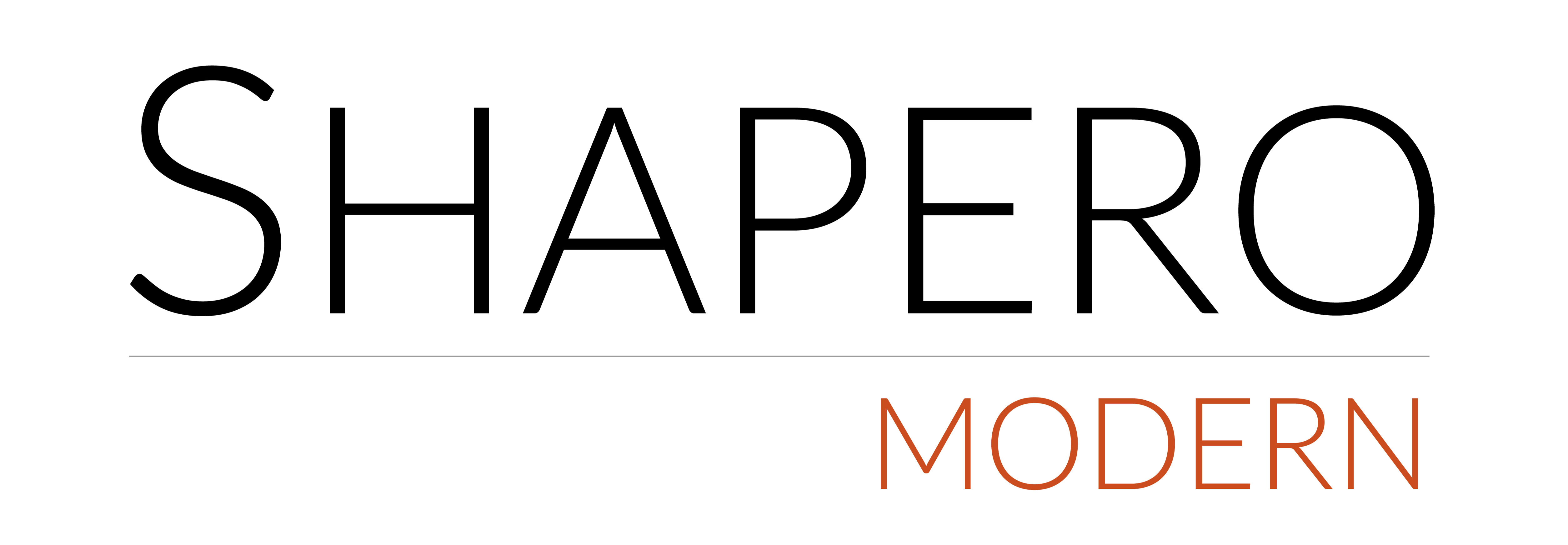Featured Artists
Works Available By
-
Nina Chanel Abney
-
Tunji Adeniyi-Jones
-
Richard Anuszkiewicz
-
Banksy
-
Joseph Beuys
-
Peter Blake
-
Alexander Calder
-
Jonathan Callan
-
Anthony Caro
-
Christo and Jeanne-Claude
-
Francesco Clemente
-
Keith Coventry
-
Jim Dine
-
Peter Doig
-
Tracey Emin
-
Richard Estes
-
Philip Guston
-
Richard Hamilton
-
Marcus Harvey
-
Barbara Hepworth
-
Howard Hodgkin
-
Gary Hume
-
Rory Hutton
-
Jasper Johns
-
Ellsworth Kelly
-
Barbara Kruger
-
Yayoi Kusama
-
Henry Moore
-
Polly Morgan
-
Takashi Murakami
-
Kenneth Noland
-
Nam June Paik
-
Simon Patterson
-
Grayson Perry
-
Michelangelo Pistoletto
-
Robert Rauschenberg
-
Man Ray
-
James Rosenquist
-
Julian Schnabel
-
Peter Sedgley
-
Benjamin Senior
-
David Shrigley
-
Frank Stella
-
Donald Sultan
-
Antoni Tàpies
-
Lord Christopher Thynne
-
Joe Tilson
-
Manolo Valdés
-
Victor Vasarely
-
Ai Weiwei
-
Jonas Wood
-
Christopher Wool
